
Curator’s statement
Being part Japanese and having relatives who were born and raised there, going to Japan to learn more about my heritage and see where they grew up was always a priority for me. We had originally intended to go in 2021. When the country finally opened up to foreign travelers in late 2022, we put it back on our travel list. Given its amazing food culture, history, pop culture relevance for things like anime and J-Pop, beautiful nature and a wide variety of things to do, Japan is the perfect destination for any type of traveler.
The Fora Difference
Book with Monica to access exclusive perks and experiences on your trip.
Killer perks
Free upgrades, spa credits and more—we got you
Personalized recs
Customized travel planning for your style
Insider knowledge
Expert advice from people who’ve actually been there
Where to stay
Unlock perks by contacting Monica to book your trip.
Day 1: Osaka
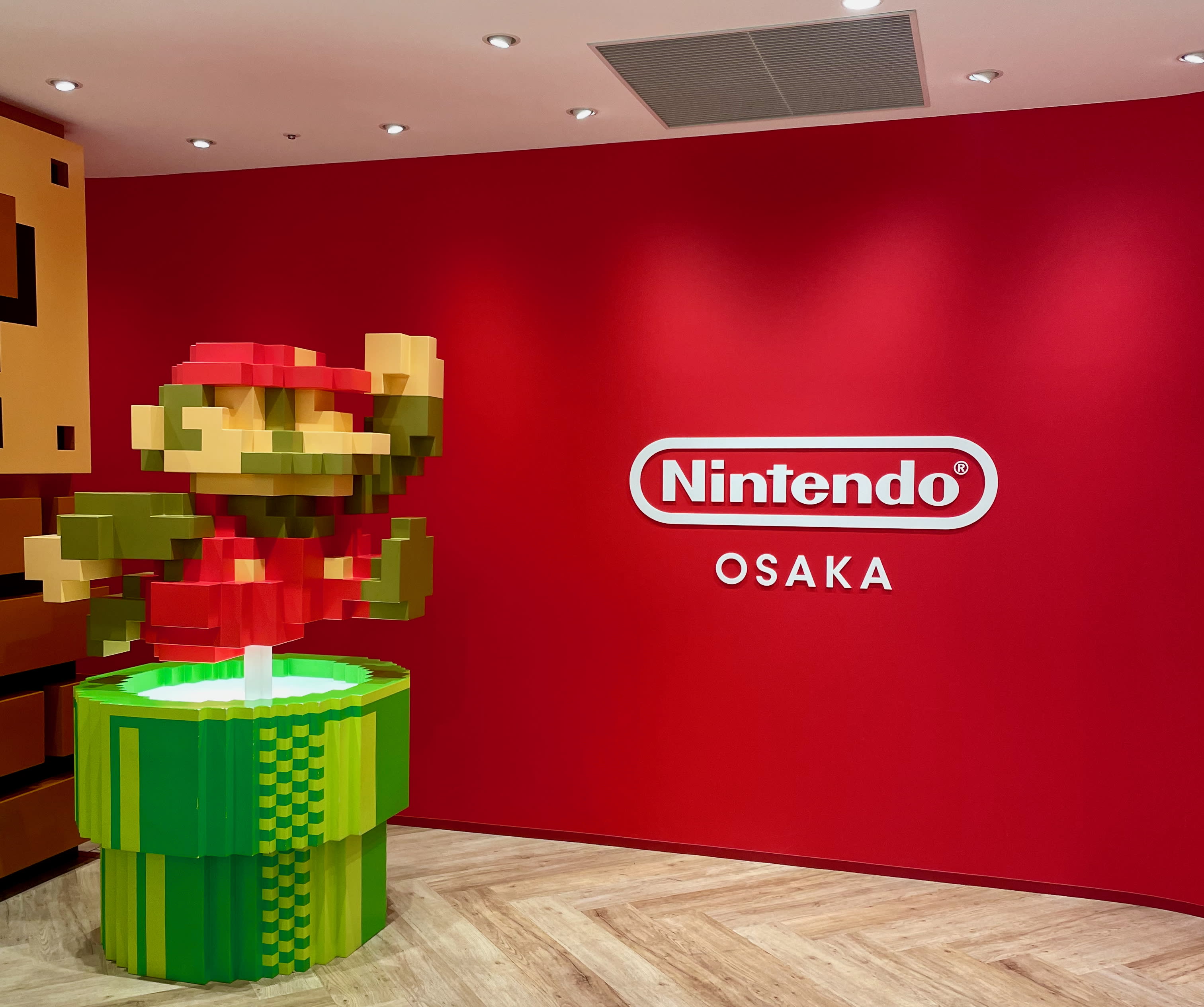
Walk around Kita Ward
Kita Ward is a commercial district with many shopping malls and museums. If you’re a Nintendo fan, one of the (many) Nintendo stores located in Japan is located in the Daimaru Umeda Store. If you want to shop, Hankyu Department Store, Whitty Umeda, and Grand Front Umeda have numerous clothing, homegood, and beauty brands to choose from.
Walk around Amerika-Mura
This American-influenced neighborhood is home to vintage clothing shops, bars and restaurants with American music loudly blasting out onto the streets, and Japanese teenagers and young adults congregating in the square after school to hang out and relax. It’s a lively area that is great for people watching and window shopping.
Visit Hozenji Temple
This is an intimate Buddhist template where for a small price, you can light an incense candle, pray to the moss-covered Buddha, then leave it in the sand burner. It is important to be respectful of the customs and nature of this area as it is very quiet.
Walk around Nipponbashi Denden Town
If you’re into manga, anime, and video games, this is the perfect neighborhood to walk through. This is a great spot to buy any merch plus anime or video game-related souvenirs. I walked away with some Haikyu!! and Naruto keychains and stickers.
Day 2: Osaka
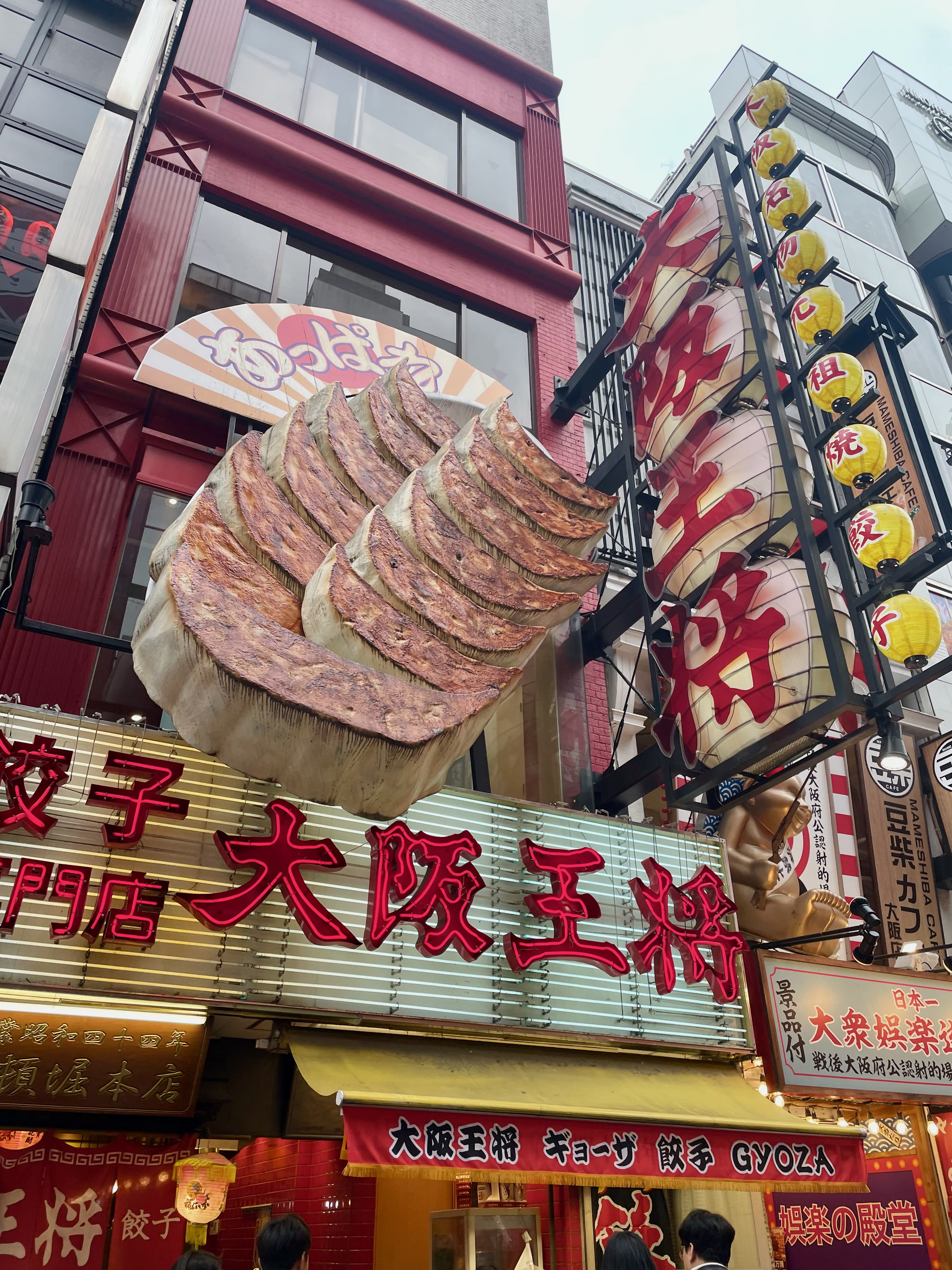
Shop at Sennichimae Doguyasuji shopping street
If you want to bring home authentic ramen bowls, matcha tea sets, chopsticks or any other kitchenware and pottery, this is the street for you. This street is dedicated to selling household goods, kitchenware, pottery and tools.
People watch and snack in Dotonbori
Probably the most recognizable part of Osaka, this canalside street is a popular destination for tourists. It is packed with bars, restaurants, neon lights and huge 3D restaurant-related artwork. This is a great place to grab snacks and people-watch. Highly recommend going around sunset or early evening to see the lights, but be warned that it will be much more packed.
Shop at Shinsaibashi-Suji shopping street
Another great shopping street option with various types of stores for your souvenir shopping.
Day 3: Osaka
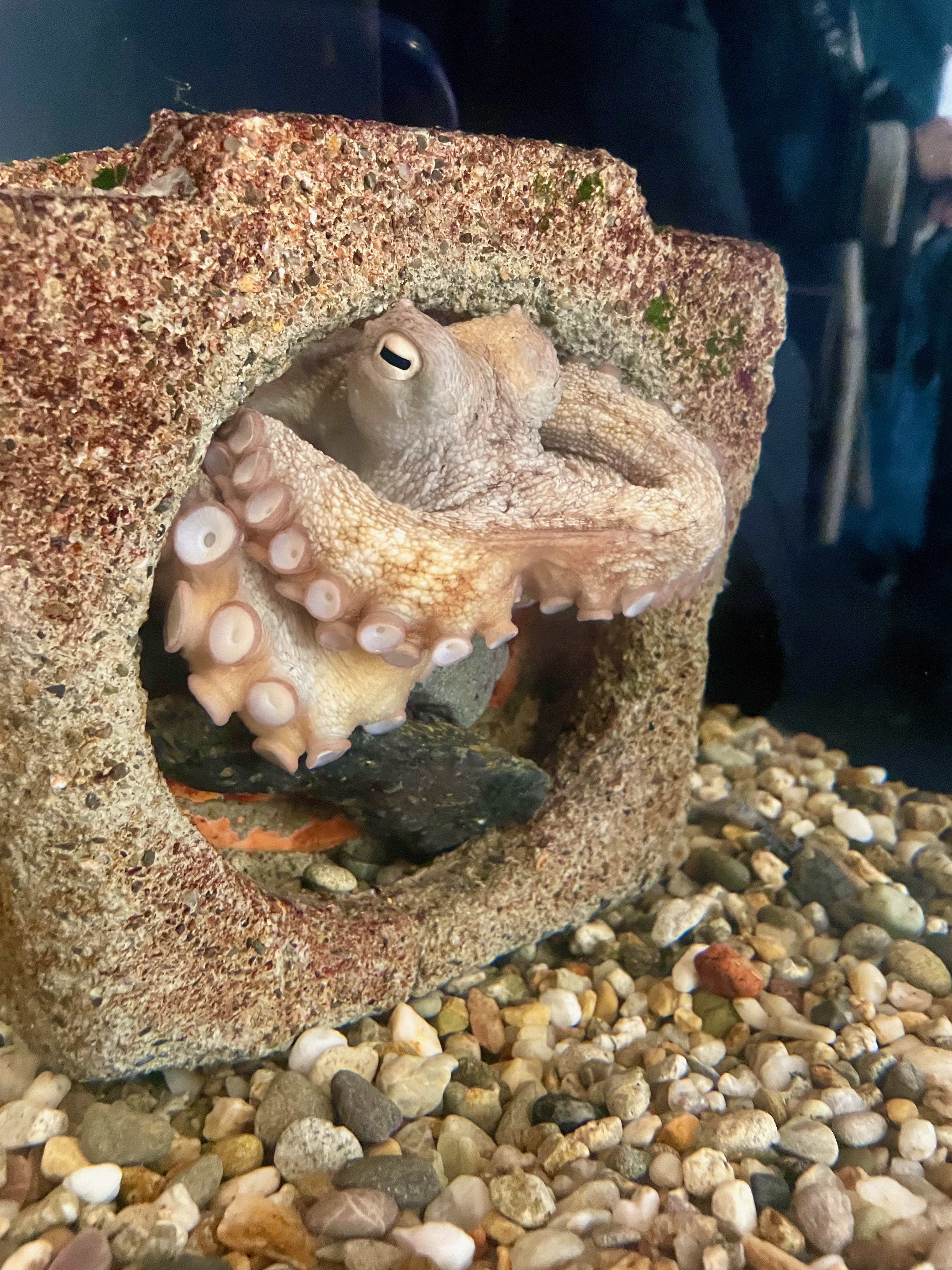
Visit Osaka Castle
This castle was built in 1597 and features gardens and a museum with various exhibits. The displays are a mix of Japanese and English, with small videos showing re-enactments of events at the time. Highly recommend getting tickets ahead of time to avoid the long wait.
Visit Osaka Aquarium
I normally skip zoos/aquariums while on vacation, but the Osaka aquarium is one of the biggest aquariums in the world and the largest in Japan. It features unique marine life and exhibits from around the world, which was unique coming from California as there were regions featured that I haven’t seen in our aquariums here. Presentations are in both English and Japanese for certain shows and feedings, and all signage is in multiple languages.
Day 4: Kyoto
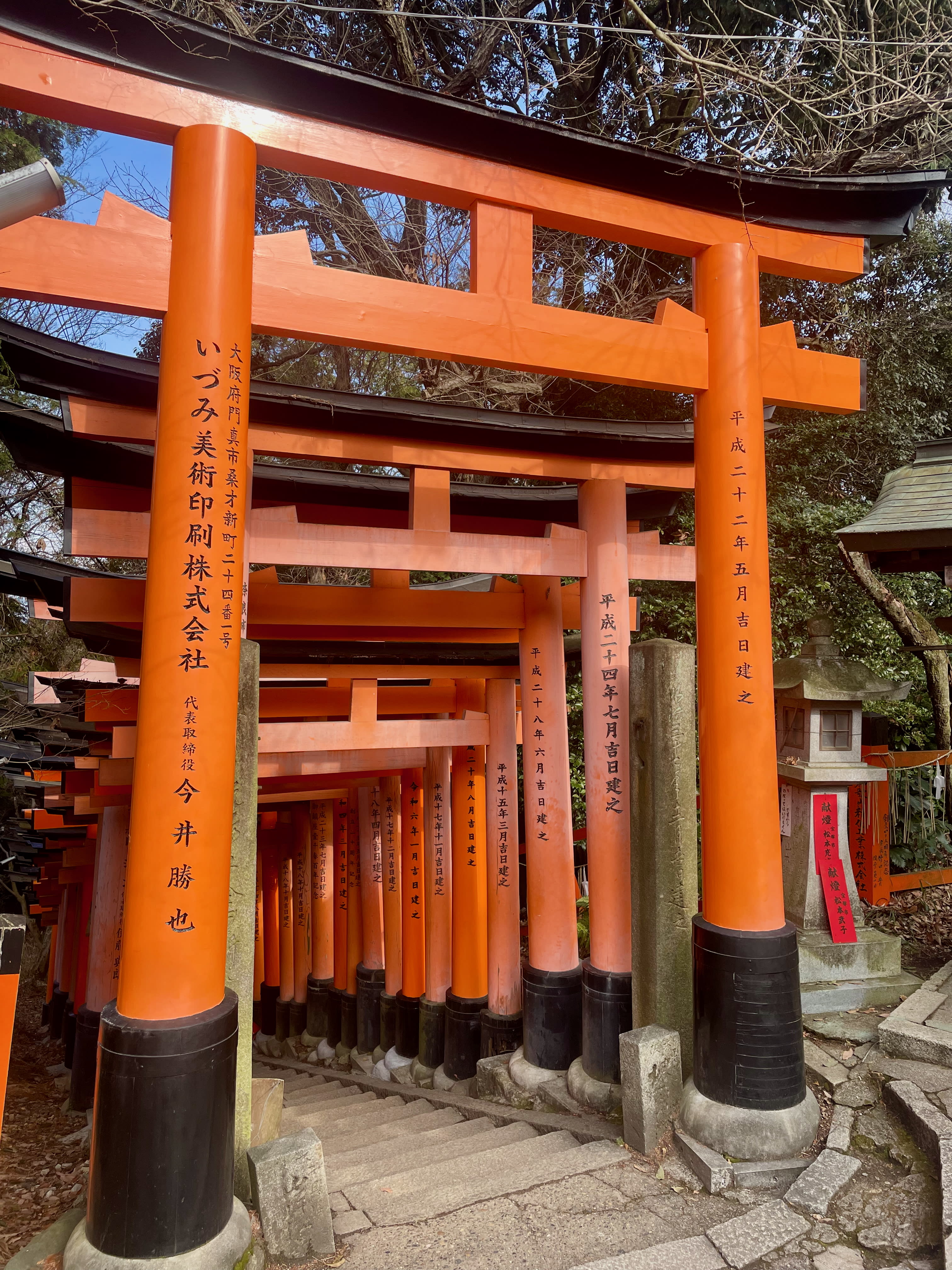
Visit Fushimi Inari Taisha
This is the very popular Instagram photo spot and where my profile picture was taken. If you would like to have no one in your photos and not feel guilty holding up the line of people trying to climb stairs, this is an early morning spot. We got there at 7am and it was a decent time as there were plenty of times we were by ourselves or just had to maneuver around a few people taking photos/videos. By the time we finished climbing to the top and headed back down at around 9am, it was non-stop climbers. If you are in decent shape, getting up to the top should only take about an hour and there are plenty of spots to take breaks. Please be respectful of local signage and the shrine itself, as it is a religious site.
Walk through Nishiki Market
This is a 400-year-old iconic market with plenty of food and souvenir stalls. We stopped by for some taiyaki, beef-wrapped rice balls and souvenirs before heading to lunch.
Walk the Sosui Canal Walk
This canal is a lovely area to walk through as it has traditional Meiji-era buildings and nature lining the path. If you wish to walk the full way, it is 10km (~6mi). There were people picnicking, running, biking, lounging and just enjoying the beautiful weather we had that day.
Day 5: Kyoto
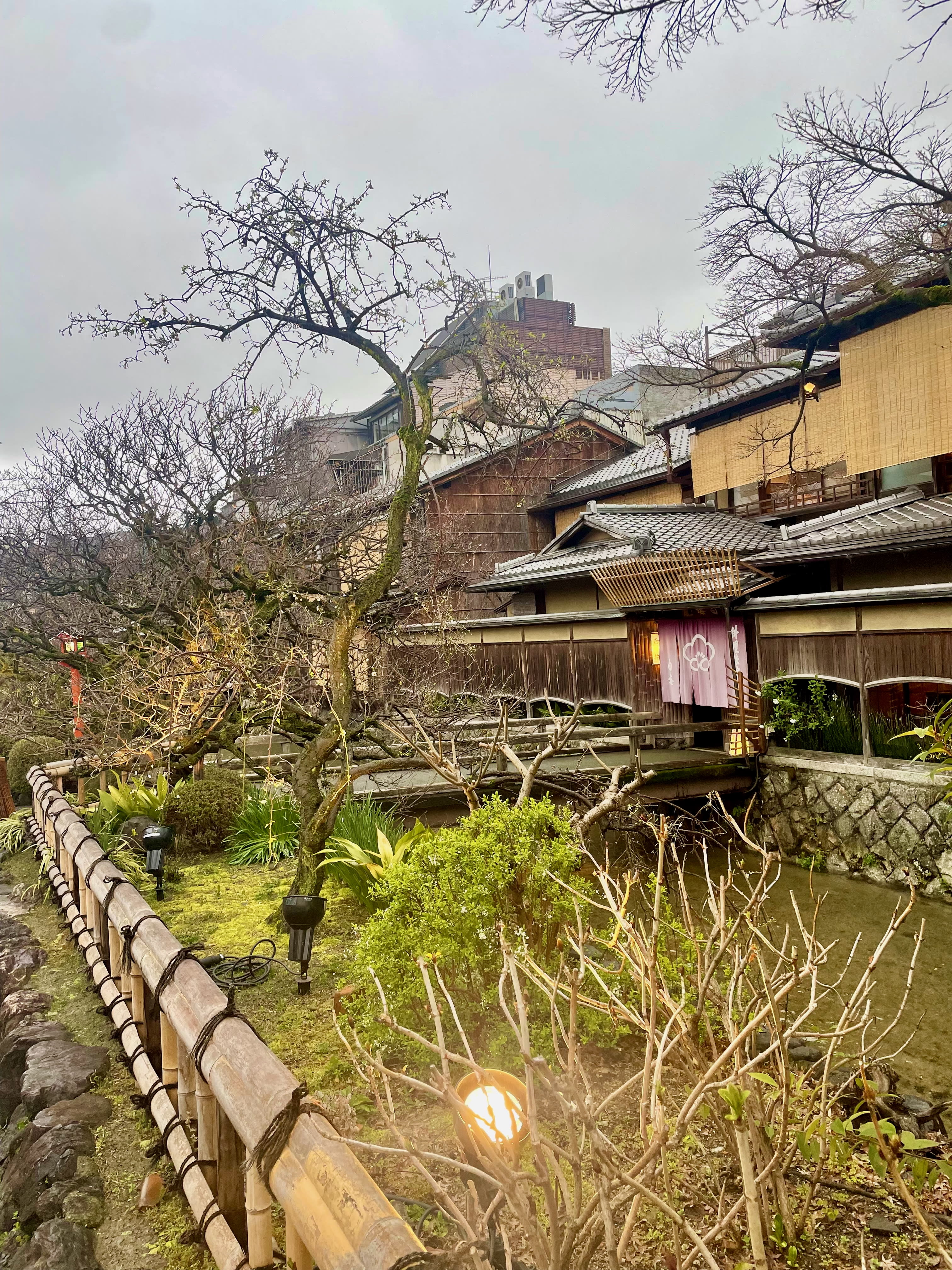
Visit Arashiyama Bamboo Forest
This is a very popular destination, so it is recommended to go early (before 8am) if you would like to take pictures. Be aware, the forest is more like a grove and very fast to go through. However, if you want a beautiful view of the river, you continue past the grove and up the hill.
Visit Arashiyama Monkey Park
Atop Mt. Arashiyama is a park of wild macaque monkeys. It is a bit of a hike to the top of the mountain that takes about 15–20 minutes (depending on your fitness level) and there are benches throughout if you need to rest. Once at the top, you will see both baby and adult monkeys in trees, sitting on top of the visitor center and milling about. Note: these are animals, so please be respectful of them and their space, and do not tease them with food. Additionally, this park is cash only and they do have an ATM on site.
Walk through Kyoto Station
You will likely be using this station for a lot of transportation needs, but take a moment to just walk around. There is a rooftop terrace that is an open-air garden with 360-degree views of Kyoto. The view from while taking the escalator ride up to the rooftop is an experience in and of itself, especially if you’re from the US, as we don’t have train stations as big as this. There is also a SkyWay walk, which has a great view of the lit-up Kyoto Tower at night. The station is also full of different shops and eateries, so it is a great spot to find a wide variety of high-quality dining and shopping options.
Walk the Gion Shinbashi Bridge
Take a stroll down Hanamikoji Street and Shijo-dori to view the beautiful traditional housing and flora. This is normally the neighborhood to spot geisha and maiko, but please read the note below in the tips section about parts of this area being closed off to tourists.
Day 6: Day trip to Nara
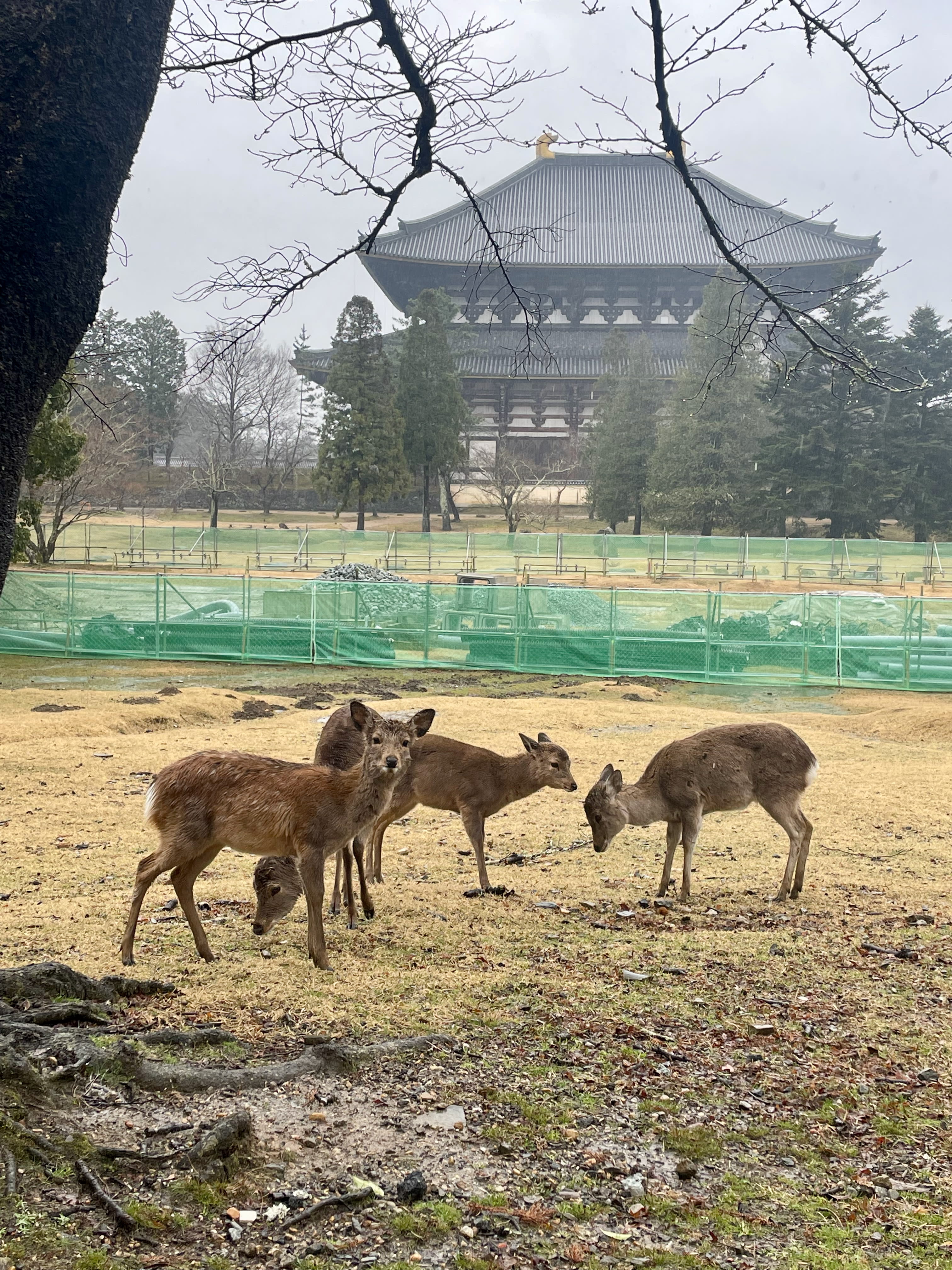
Visit Nara Deer Park
Nara Deer Park is expansive as there are many different gardens, museums and temples to see within the park, along with all the deer, of course. The entrance to the park features a line of food and shopping stalls as well as stands where some sell snacks to feed the deer. Be warned, the deer get very pushy once they know you have snacks. Some can be calm. Others will tug on your clothes and nudge your body to get your attention. While in the park, be sure to check out sites such as Todai-ji Daibutsuden (the Great Buddha Hall), Todai-ji Nigatsudo and Isuien Garden and Neiraku Museum.
Harushika Sake brewery store
We weren’t huge sake drinkers when we came here but left wanting to have more sake in our lives. There is no formal tour of the brewery. Instead, you buy a ticket and you get to try five different types of sake and receive Narazuke pickled snacks (we got smoked squash, squash and cucumber). Given we went during cherry blossom season, one of our sakes was a special, award-winning cherry blossom sake!
Need to know
Here are a few tips for your trip to Osaka and Kyoto:
1. Given Japan was the last to open to tourists post-covid, in addition to the very favorable exchange rate, be aware that it is very crowded at all times of the year. We went during the shoulder season, yet it felt like we were at Disneyland in peak summer at certain sites. Thus, prepare to visit sites early (before 9am) and expect lines for entry and/or while weaving through sites.
2. Given the proximity of Kyoto and Osaka, it is ideal to do them close together. You can either stay in one location and take the train to the other (we stayed in Kyoto and trained to Osaka each day, which was nice given we didn’t need to switch accommodations every few days) or get separate accommodations in each.
3. The Sannenzaka area is a very popular neighborhood as it is the most traditional neighborhood. Beside Fushimi Inari temple, it is probably the other most recognizable landmark in Kyoto, given the large pagodas and traditional housing. However, it has become overrun with tourists and influencers. We found it very unpleasant and difficult to move through as you could barely see into stores and restaurants. Before going to Japan, I read multiple reviews from people saying to skip Kyoto because it is way too crowded and doesn’t feel like the traditional Japan it should. My travel group and I agreed that if this area is the first thing you see on your trip to Kyoto or you are staying around this area, it is understandable to have that sentiment.
4. Similarly to the above, Kyoto has implemented tourist restrictions on various neighborhoods to protect private properties as well as Geishas and their apprentices from unruly tourists. Keep this in mind as you walk through the Gion district, especially.
5. To get around Osaka and Kyoto, use your Suica card (which you can download on your smartphone before arriving in Japan via your wallet app) to take trains and busses. The cities are also quite walkable, so I also recommend just walking around, plus it’s easier to see and take in your surroundings!
6. Don’t just buy a JR Pass as sometimes your individual tickets may cost less than buying a 7-day pass. Use this calculator to determine if getting a JR Pass is worthwhile. Individual shinkansen (bullet train) tickets can be reserved online one month in advance, and can be picked up at the station kiosk.
7. When looking for places to eat, use local sites like Tablelog. Anything rated above three stars will be very good, as the Japanese rating system is different from how Westernized countries rate restaurants.
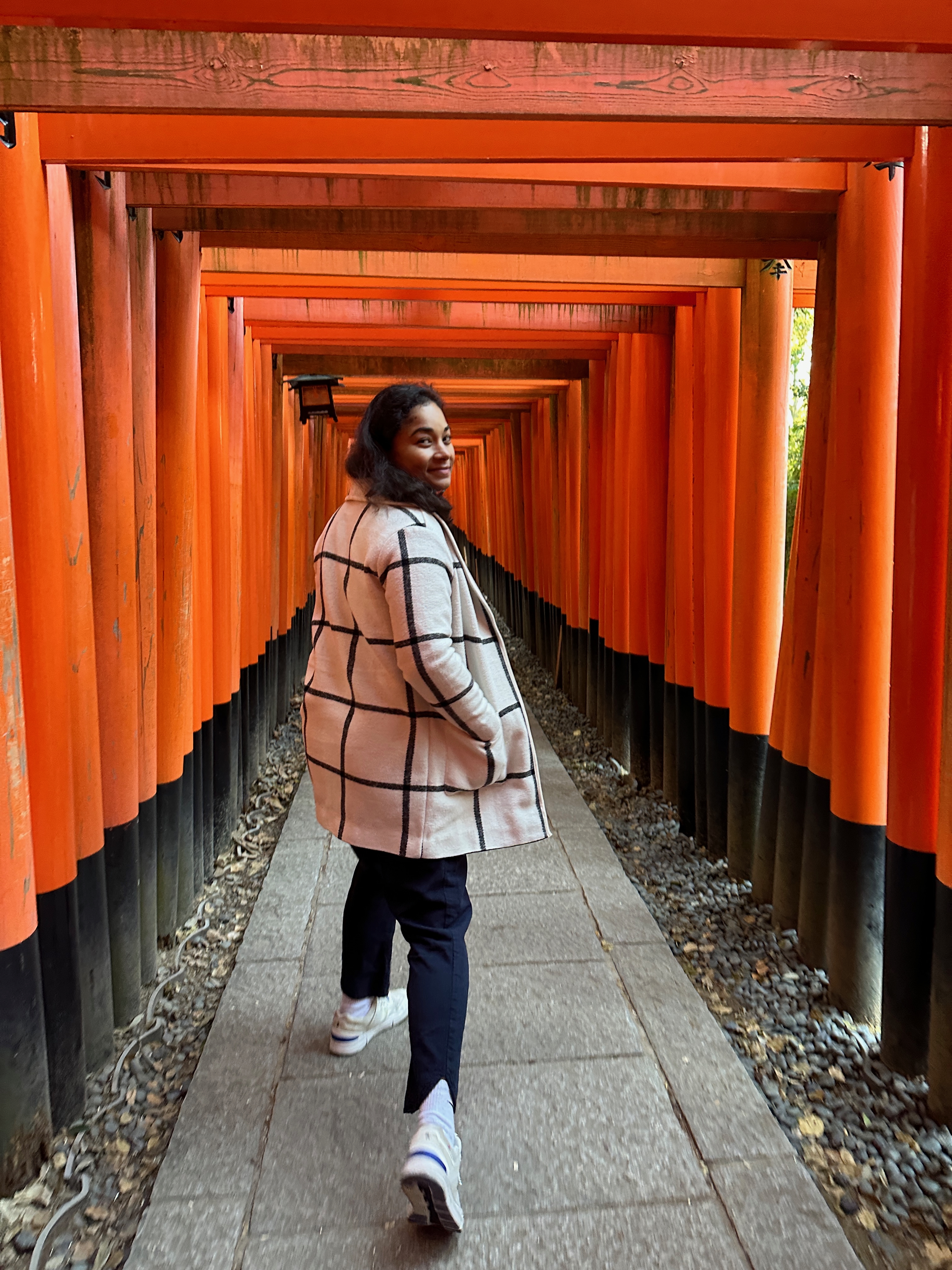
Travel Advisor
Monica Reason

Get in touch with Monica
Did you like this guide? Reach out to customize and book your own experience. Or, just to chat about travel in general.
You can expect a response from Monica within 1–2 business days. You’ll also be subscribed to our traveler newsletter (you can unsubscribe at any time).
This itinerary is part of our ongoing series on travel to Japan. Looking for more travel inspiration? Check out my guide, Relax in the Garden Isle: Kaua'i, Hawai'i.